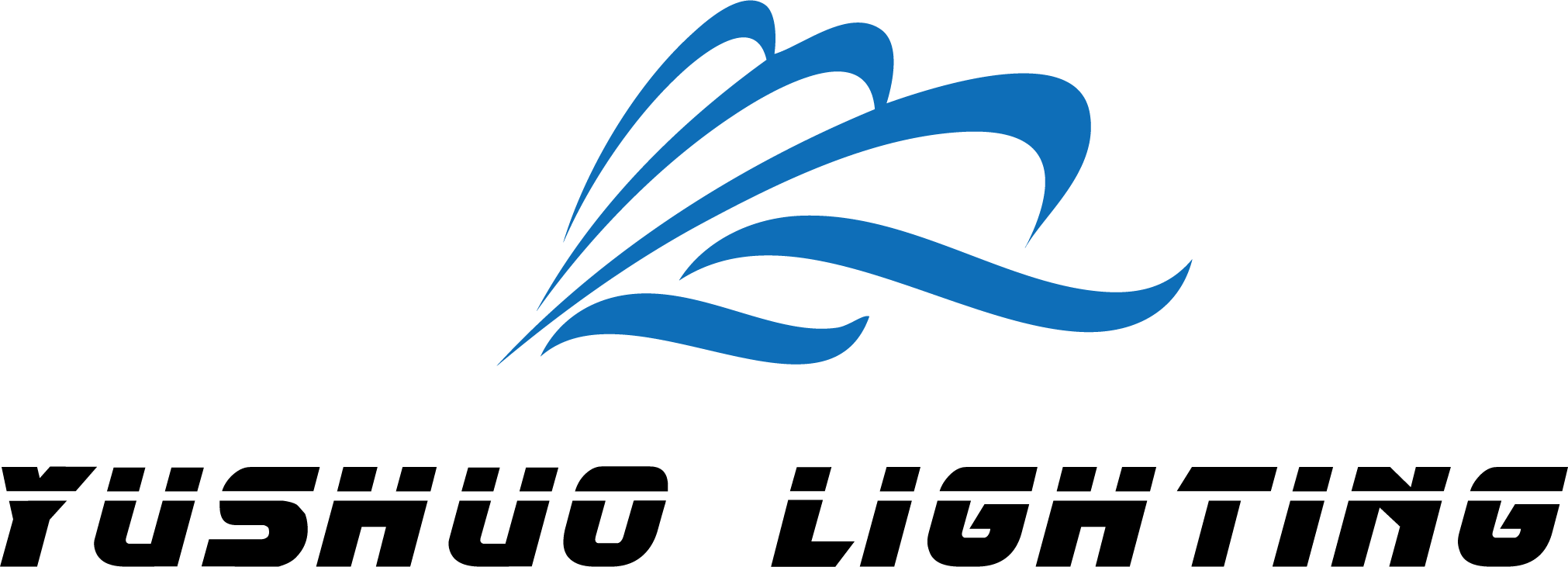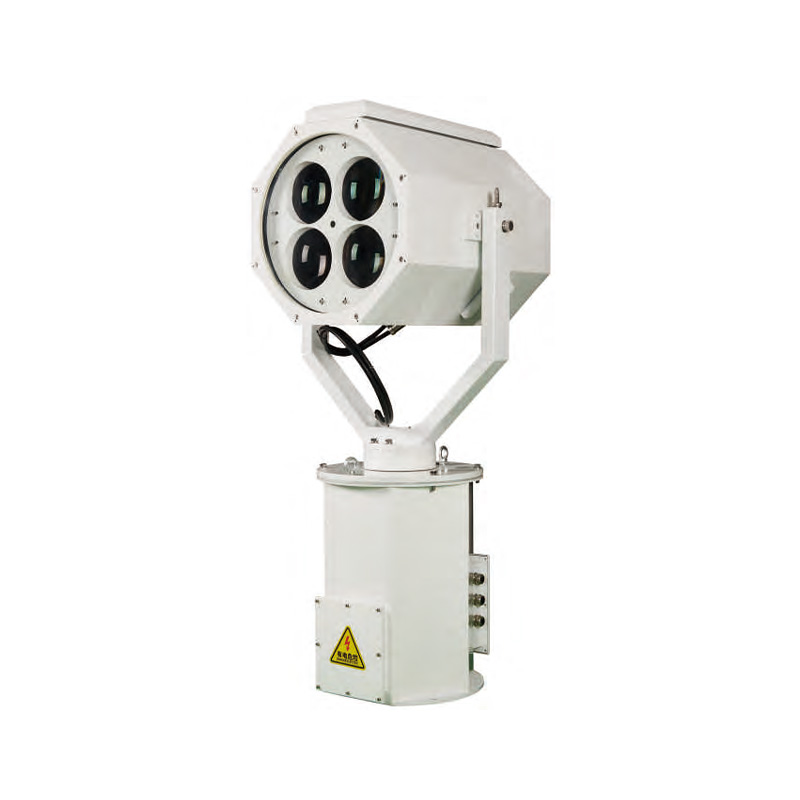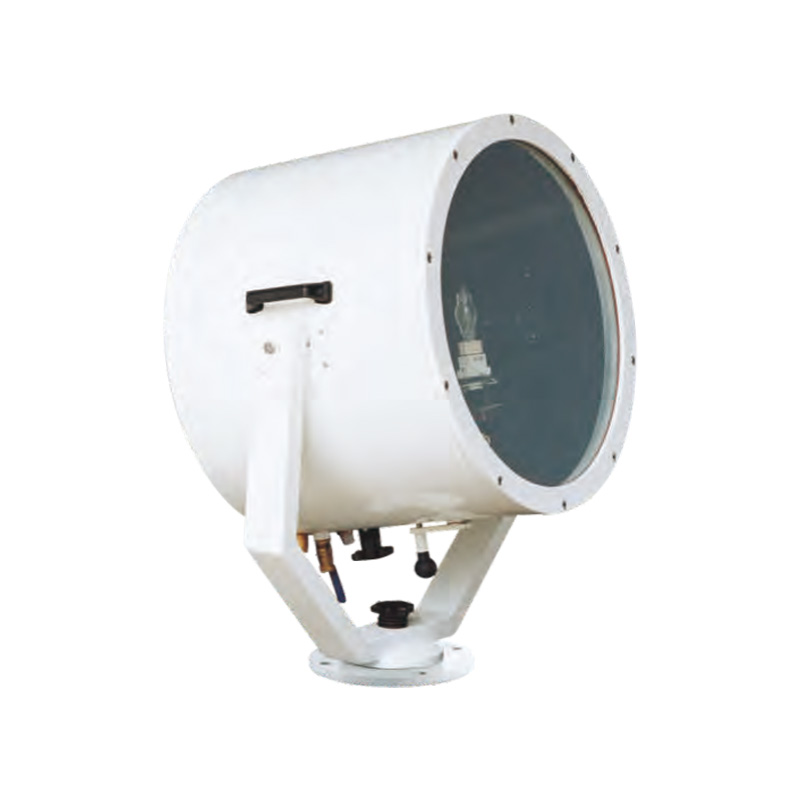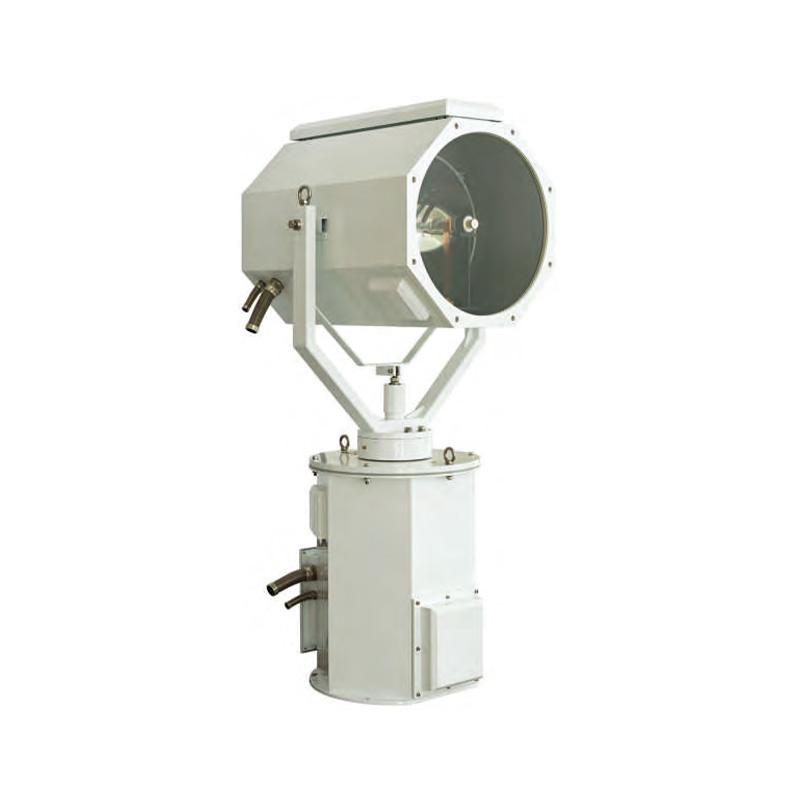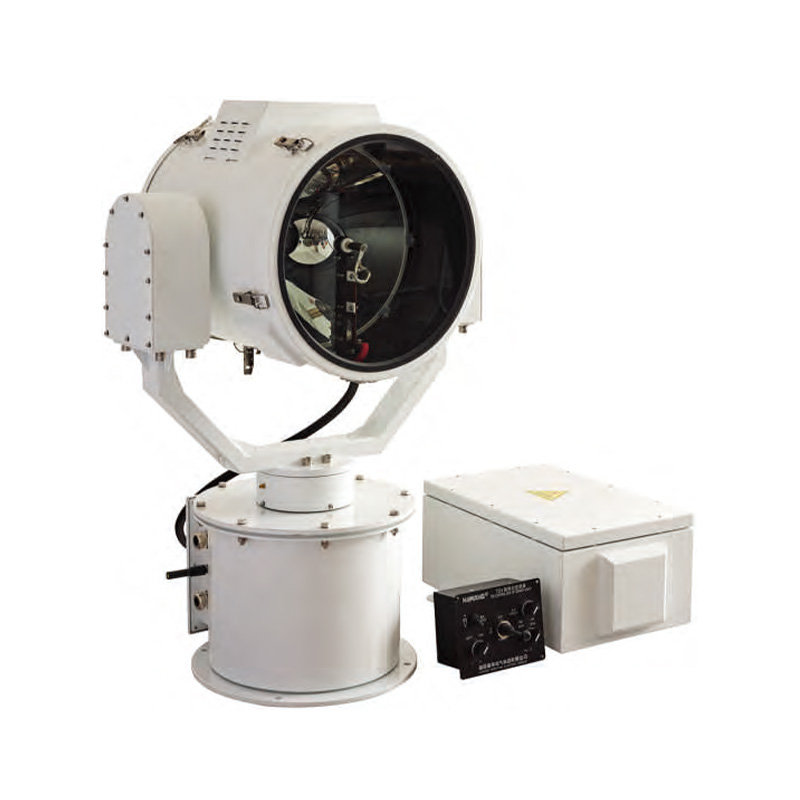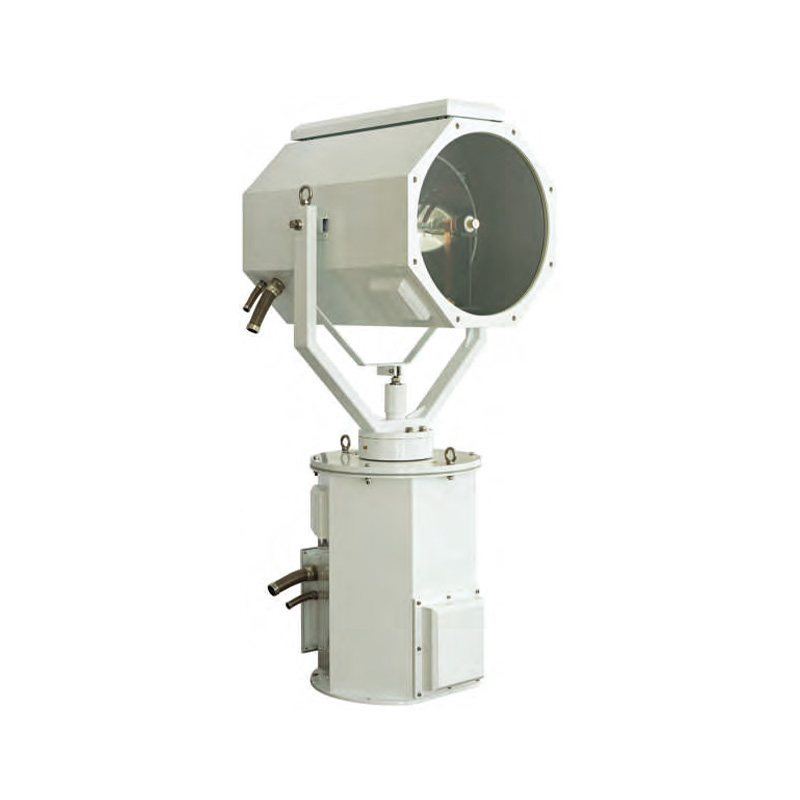Wide-angle Illumination in Marine Searchlights
In maritime navigation and safety operations, lighting plays a crucial part in ensuring visibility and precise navigation in nighttime or during bad weather. With the advancement of the field of marine lighting, the wide-angle illumination in marine searchlights has become more important. This feature expands the of the illumination area, resulting in greater awareness of the situation for operators, and enhancing overall safety in the marine environment.
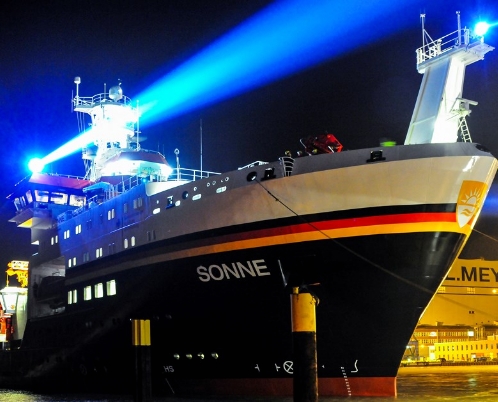
Table of Contents
The Concept of Wide-angle Illumination
Wide-angle illumination refers to a searchlight’s ability to disperse light across an extended area without sacrificing the brightness or beam uniformity. Contrary to narrow-beam searchlights, which concentrate light in a narrow area for a long-distance view wide-angle beams spread the light over a large space, which is ideal for shortto mid-range lighting needs. This type of technology is especially beneficial for docking, rescue activities and nearshore navigation when the operators need to monitor vast surfaces simultaneously.

Why Wide-angle Illumination in Marine Searchlights is Needed
As maritime activities become more complex and safety requirements are increasing, traditional narrow beam lights are often insufficient. This is why wide-angle illumination is required in marine searchlights, providing greater coverage and better situational awareness during crucial maritime operations.
Improving Visibility and Situational Awareness
The main reason why wide-angle lighting is required for marine-focused searchlights lies in the ability to increase the visibility of a wider field of vision. In contrast to narrow-beam lights which concentrate on a single area, wide-angle illumination spreads light equally across a vast area, allowing the operator to view both their immediate area and the surrounding regions simultaneously. This broad coverage is vital in navigating through ports that are crowded and making sure that obstacles are not in the nearshore waters, or when monitoring vast sections of deck at nighttime during operations. In removing blind spots large-angle searchlights make sure that operators are able to make quick and informed decisions, thus reducing the possibility of injuries.

Enhancing Safety During Operations
Safety is the primary goal of any maritime activity. Wide-angle illumination plays a vital part in ensuring that vessels crews, their vessels, and other vessels are visible and safe regardless of weather or in low-light conditions. When docking, anchoring or towing, having a large beam of light can help the crew stay aware of ropes cranes, moorings, and other nearby structures. In times of emergency, like rescue and search missions, a large illumination area helps teams locate floating or stranded objects quicker increasing the likelihood of a successful recovery. The ability to illuminate the deck and water area simultaneously can make the difference between a safe and secure navigation and a potential catastrophe.
Reducing Operational Strain and Improving Efficiency
The traditional narrow beam searchlights typically require periodic adjustments to cover various areas of the vessel’s or water surface. This is physically demanding and takes a lot of time for the operators, particularly when the sea is rough. Wide-angle lighting eliminates the majority of the hassle by lighting vast areas without the requirement to move the light. This improves productivity but also decreases wear and fatigue for the operator as well as mechanical wear on the rotation systems. Additionally, LED-based wide-angle search lights use less energy while delivering constant brightness, which contributes to a sustainable and efficient use of fuel.
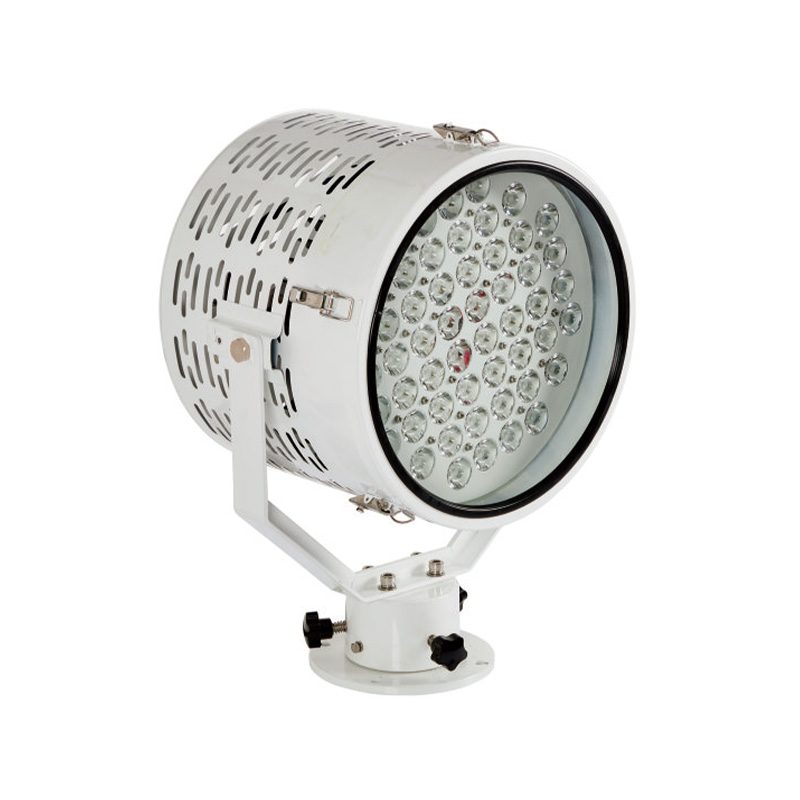
Advanced Technologies enabling Wide-angle Illumination in Marine Searchlights
1. LED Innovation and High-efficiency Light Sources
The switch from bulbs like xenon and halogen and light-emitting diodes (LEDs) has resulted in an enormous technological leap in the field of wide-angle lighting. LED searchlights offer superior brightness and lesser power usage, and this is vital for long-lasting maritime operations. Their modular design permits multiple LEDs to be placed strategically inside a searchlight, resulting in uniform light distribution over the entire area. In addition, modern LED optics can be designed to emit light at different angles, which can enhance the brightness of the peripheral light source without reducing it. With long-lasting lifespans as well as resistance to vibration and corrosion from salt, LEDs are the core of the modern, wide-angle maritime searchlights.
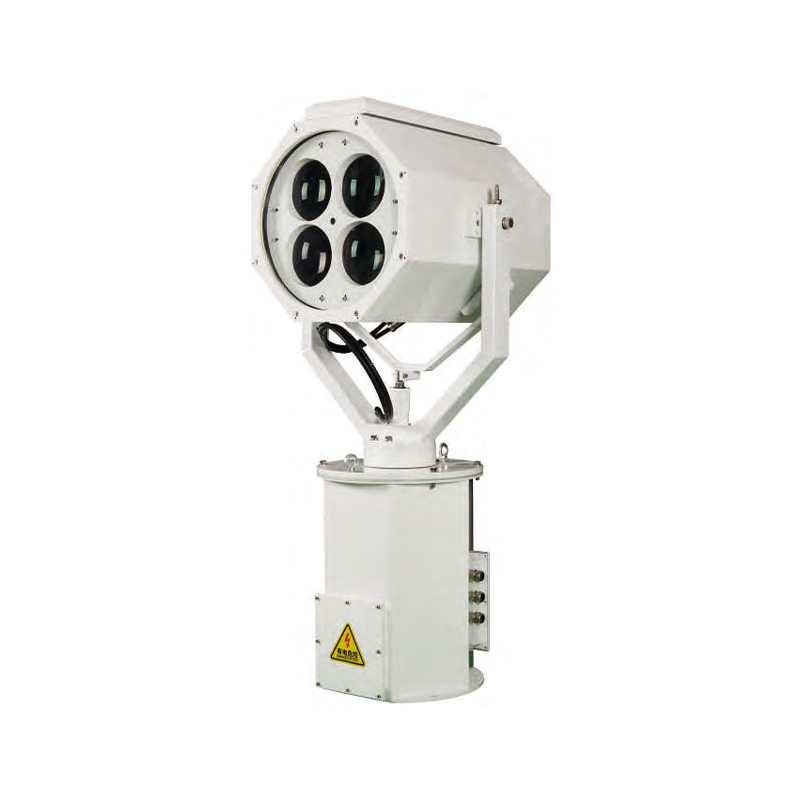
2. Precision Optical Design and Lens Technology
Engineering in optics plays a crucial part in shaping the pattern of the beams of marine searchlights. In order to achieve a wide-angle lighting manufacturers have employed multi-reflector design, Fresnel lenses, and aspheric lens systems. These optical components disperse light evenly across vast areas, while reducing the loss of light and glare. Fresnel lenses, specifically are highly regarded for their small design and capability to manage beam dispersion effectively. Multi-reflector technology, for instance, combines multiple reflective surfaces inside the housing for the searchlight to extend the beam’s coverage, without sacrificing the brightness. This results in a bright consistent, stable, and uniform illumination that is vital for operational and navigational accuracy in the sea.
3. Adaptive Beam Control Systems
Modern marine searchlights typically have adaptive beam control that allows users to switch between narrow and broad lighting modes according to their operational demands. This technology employs the power of motorized optics and electronic beam adjustments that change the shape of light distribution in real-time. For instance, in long-distance navigation, a narrow beam could be utilized to detect distant objects, whereas wide-angle illumination can be utilized for close-field tasks, such as docking or searching. This flexibility is not only beneficial to functionality, but also assures maximum performance in all marine conditions.
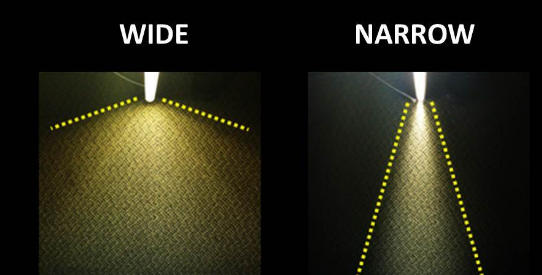
4. Smart Control and Automation Integration
The fusion of automated and digital control systems has changed the way marine searchlights are controlled. Modern automatic LED marine searchlights come with touch-screen panels, remote controls and network connections that permit exact adjustment of beam intensity, angle, and the rotation. Certain systems integrate with cameras or radar sensors, which allow automatic tracking of targets and adaptive lighting based upon feedback from the environment. By combining wide-angle illumination with intelligent automation, vessels are able to ensure superior visibility while requiring minimal manual input, greatly improving the safety and efficiency of the course of.
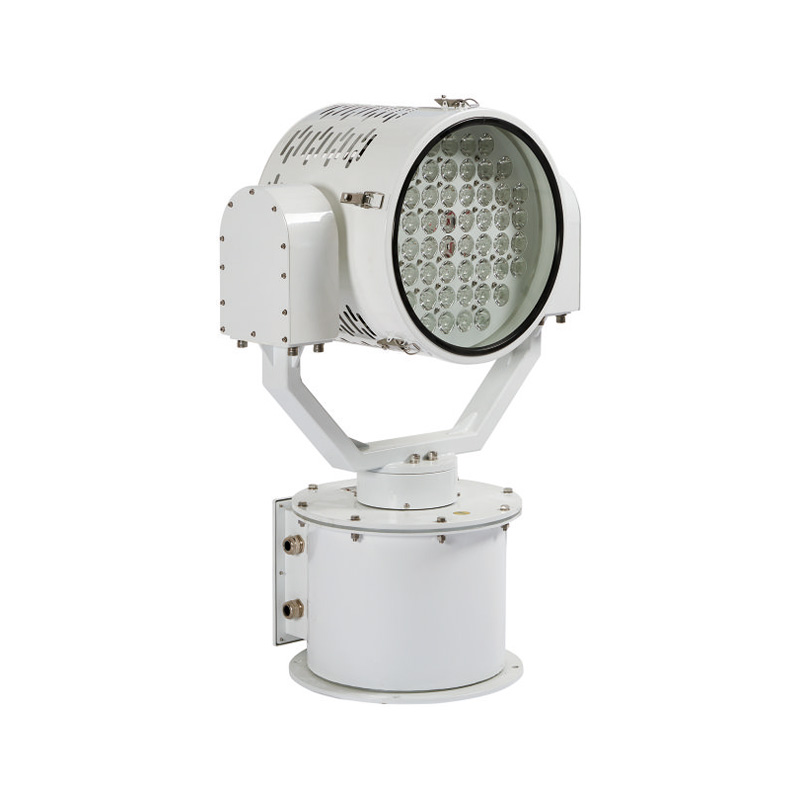
5. Thermal Management and Durability Technologies
For marine applications, the searchlights need to endure extreme conditions like temperatures, saltwater exposure along with mechanical vibrations. To ensure reliable performance, the most advanced technology for thermal control is utilized in the modern wide-angle searchlights. Heat sinks and active cooling fans and temperature sensors stop the LED components from overheating to ensure stable lighting output and prolonging their the life of the LED components. In addition, corrosion-resistant housings, seals that are waterproof, as well as anti-vibration mounts increase the reliability of these searchlights, making them ideal for continuous use in the harshest maritime environments.
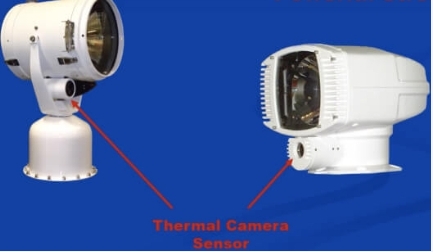
6. Energy-efficient Power and Control Electronics
Another important factor in broad-angle illumination is the utilization of power management systems that are high-efficiency. Electronic controllers and advanced drivers optimize the distribution of energy across LED arrays which ensure constant brightness across the beam’s entire length. Functions for dimming and energy-saving modes can also reduce energy consumption without sacrificing quality. These advancements are in line with the industry’s increasing commitment to sustainability, offering high-quality illumination while minimizing environmental impact.

Critical Applications of Wide-angle Marine Searchlights
1. Enhancing Night Navigation and Docking Operations
One of the main use cases for wide-angle marine search lights is nighttime navigation and docking maneuvers. When vessels are approaching ports harbours, ports, or overcrowded waters, clear vision of the surrounding area is essential to avoid collisions and ensure the correct handling. Wide-angle illumination offers a comprehensive light for the ship’s deck as well as the waters surrounding it, helping captains spot obstructions such as buoys, obstacles, and other vessels. In contrast to narrow beam lights that only illuminate a specific area, wide-angle searchlights provide an entire area of light that allows to ensure safer and more secure navigation even in dim light conditions.
2. Supporting Search and Rescue (SAR) Missions
In situations of emergency such as man-overboard events and maritime incidents, broad-angle searchlights can be a crucial part of search and rescue operations. Their wide beam pattern lets rescuers search large expanses of ocean’s surface quickly, thus reducing the time required to find people or other objects in need of assistance. When combined with night vision or thermal imaging equipment, wide-angle searchlights dramatically increase the accuracy of detection even in extreme weather conditions. The ability of these lights to flood a search area with consistent and bright illumination could be the difference between a successful recovery or a tragic loss.
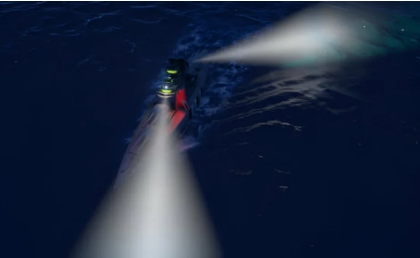
3. Improving On-deck Operations and Maintenance
Wide-angle lighting is crucial when it comes to on-deck activities including the handling of cargo, inspection and maintenance tasks. These activities are usually performed in dark or poorly lighting conditions, and clear visibility is crucial to ensure safety and efficiency of workers. Through evenly lighting large portions of decks Wide-angle searchlights aid in avoiding injuries and help ensure the operations run smoothly. For fishing boats, for example they light up the work space for the deployment of nets and processing of catch, whereas on offshore platforms as well as research vessels they assist with complicated equipment handling and procedures in evening shifts.
4. Ensuring Security and Surveillance Effectiveness
Wide-angle search lights are essential in marine security and patrol applications. On vessels of the coast guard as well as naval vessels and ports security vessels, the lights give the broader visibility needed to ensure surveillance and monitoring of the surrounding waters. The large range of illumination helps to identify vessels that are not authorized or suspicious movement within the area. When they are integrated with radar or camera equipment, they improve real-time awareness of the situation and enable quick responses to threats that could be posed. This is especially useful when it comes to borders patrols and anti-smuggling efforts and the nighttime police work.
5. Assisting in Towing, Mooring, and Rescue Support Tasks
When it comes to mooring and towing the precise control of vision is crucial for ensuring alignment, control of cables, and security between vessels. Wide-angle searchlights provide the necessary illumination to view the towing equipment as well as the seashore area around it. Similar to the firefighting or rescue missions at sea, the wide-angle lighting will allow crews to view the entire operational area efficiently, communicate effectively, and respond quickly to changes in conditions. The ability to illuminate large sections of water and equipment makes them indispensable tools for maritime logistics that are complex.
6. Facilitating Scientific and Environmental Research
Exploration and research vessels that are conducting oceanographic and environmental studies or seabed mapping benefit from wide-angle light sources. In remote areas or conducting nighttime sampling broad-angle illumination is essential to ensure that researchers are able to deploy instruments safely and observe the surrounding conditions. Even lighting distribution is especially helpful when recording underwater images near the surface. This allows clearer images for instruments and cameras.
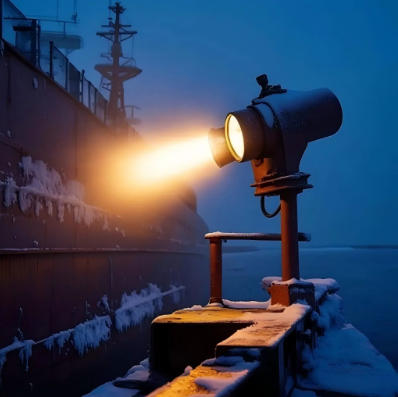
Integration of Wide-angle Marine Searchlights with Modern Control Systems
| Aspect | Description | Benefits | Application |
| Remote Control Operation | The wireless remote control LED searchlight can be controlled by the control room or bridge by using joysticks, panels and touchscreens. | Improves comfort, decreases manual work, and allows the adjustment of beam direction in real-time. | Navigation during docking, patrol operations, or vessel maneuvering. |
| Digital Beam Angle Adjustment | Electronically modifies the beam pattern to broad and narrow illumination modes. | It can be used for a variety of needs, including long-distance spot and close range illumination. | Switching between rescue and search mode and general deck lighting. |
| Integration with Radar and Camera Systems | Connects searchlights to radar and surveillance cameras to provide the synchronization of motion. | Automated tracking of targets, and increases visibility during surveillance operations. | Navy patrols and Coast Guard ships and security vessels. |
| Automated Target Tracking | Utilizes AI-assisted systems and sensor information to automatically direct the light towards moving objects. | Reducing human errors, improves accuracy, and provides constant lighting of the targets. | Search and rescue missions as well as ports security surveillance. |
| Networked Control via Marine Systems | Searchlights linked to automated bridges across the ship as well as integrated bridge systems (IBS). | Centralizes management of all lighting devices and navigation devices. | Commercial cargo ships and modern research vessels. |
| Environmental Sensors Integration | The searchlight system is connected to sensors that detect fog, rain as well as ambient light. | Automatically adjusts the intensity of beams and directions to ensure the best visibility. | Operations under a variety of conditions of night and weather. |
| Energy and Thermal Management Systems | Smart controllers regulate temperature and power for LED arrays. | Enhances energy efficiency, stops overheating and prolongs service longevity. | Ocean-crossing or long-duration offshore voyages. |
| Wireless or App-based Controls | The wireless searchlights allows operation via consoles and mobile devices. | It offers flexibility, mobility and a variety of vessel operations. | Yachts, small boats or rescue ships. |
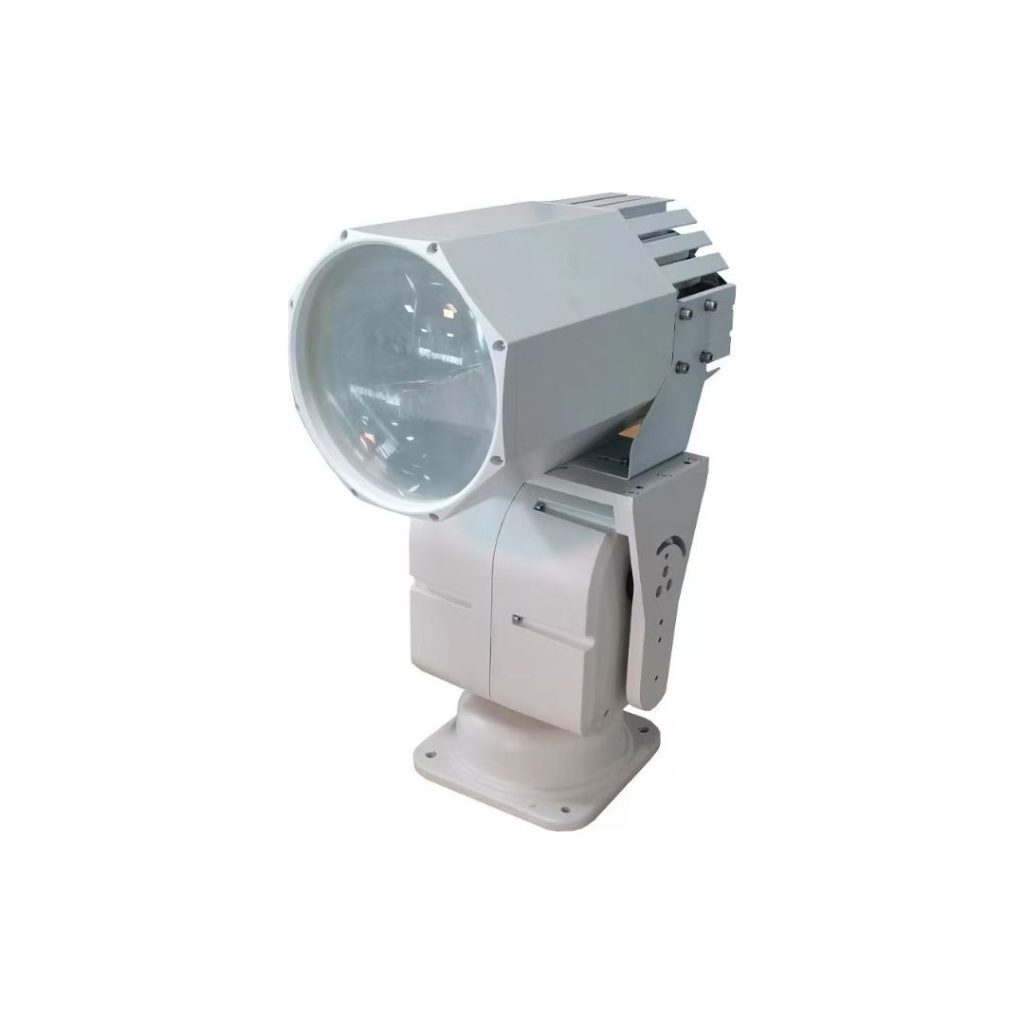
Summary
Wide-angle illumination in marine searchlights is a major improvement in the maritime lighting technology. Combining high-efficiency optics with intelligent control systems and durable designs greatly improve the safety of operations and provide visibility in a variety in marine applications.
